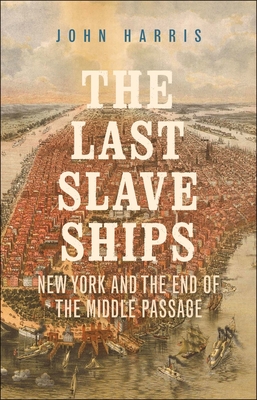Expedite your nonfiction book discovery process with Readara interviews, summaries and recommendations, Broaden your knowledge and gain insights from leading experts and scholars
In-depth, hour-long interviews with notable nonfiction authors, Gain new perspectives and ideas from the writer’s expertise and research, Valuable resource for readers and researchers
Optimize your book discovery process, Four-to eight-page summaries prepared by subject matter experts, Quickly review the book’s central messages and range of content
Books are handpicked covering a wide range of important categories and topics, Selected authors are subject experts, field professionals, or distinguished academics
Our editorial team includes books offering insights, unique views and researched-narratives in categories, Trade shows and book fairs, Book signings and in person author talks,Webinars and online events
Connect with editors and designers,Discover PR & marketing services providers, Source printers and related service providers

The Last Slave Ships: New York and the End of the Middle Passage
History > United States - 19th Century
- Yale University Press
- Hardcover
- 9780300247336
- 8.6 X 5.5 X 1.2 inches
- 0.97 pounds
- History > United States - 19th Century
- (Single Author) Asian American
- English
Readara.com
Book Description
A remarkable piece of scholarship, sophisticated yet crisply written, and deserves the widest possible audience.--Eric Herschthal, New Republic
Engrossing. . . . Astonishingly well-documented. . . . A signal contribution to U.S. antebellum historiography. Highly recommended for U.S. Middle Period, African American, and Civil War historians, and for all general readers.--Library Journal, Starred Review
Long after the transatlantic slave trade was officially outlawed in the early nineteenth century by every major slave trading nation, merchants based in the United States were still sending hundreds of illegal slave ships from American ports to the African coast. The key instigators were slave traders who moved to New York City after the shuttering of the massive illegal slave trade to Brazil in 1850. These traffickers were determined to make Lower Manhattan a key hub in the illegal slave trade to Cuba. In conjunction with allies in Africa and Cuba, they ensnared around two hundred thousand African men, women, and children during the 1850s and 1860s. John Harris explores how the U.S. government went from ignoring, and even abetting, this illegal trade to helping to shut it down completely in 1867.
Author Bio
Originally from Northern Ireland, John Harris immigrated to the United States in 2009. He earned a Ph.D. in History from Johns Hopkins University and is currently McDonald-Boswell Assistant Professor of History at Erskine College. A specialist in 19th century U.S. History and slavery, Harris’s first book is titled The Last Slave Ships: New York and the End of the Middle Passage (Yale University Press, 2020).
Source: History Summit
Community reviews
No Community reviews




